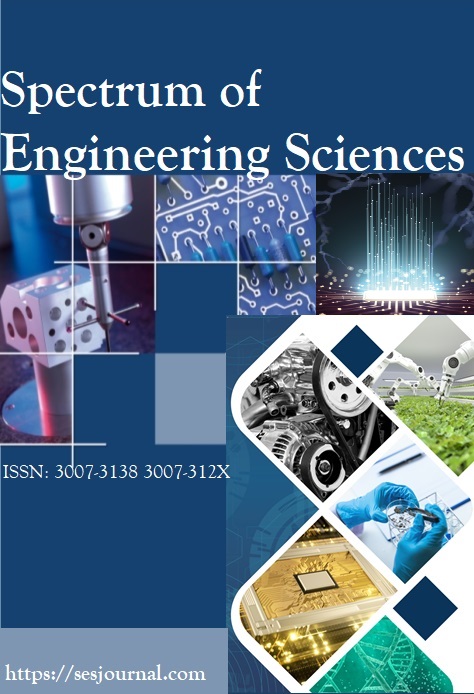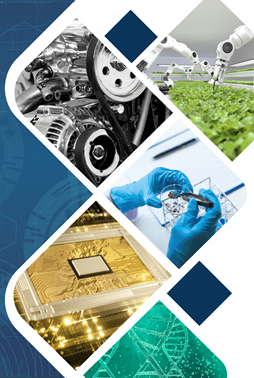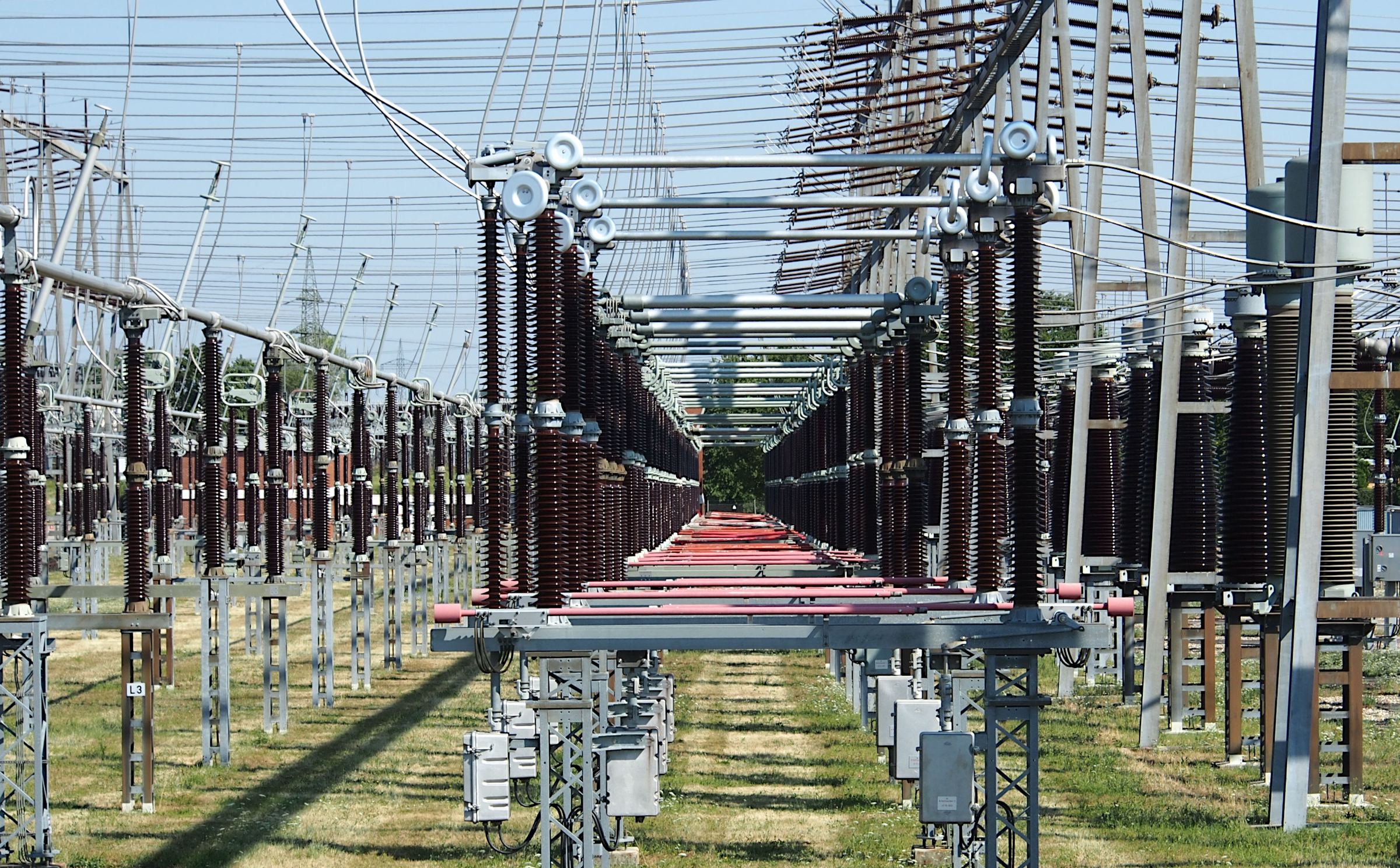MACHINE LEARNING BASED SYSTEM FOR PREDICTING FINGER MOVEMENT OF THE ROBOTIC HAND USING SMART GLOVE
Keywords:
LDR Sensor, Finger Movement Machine Learning, Multioutput Regression Problem, K-Nearest Neighbours, Real-Time IntegrationAbstract
In robot-assisted surgeries, robots are familiar with performing many complicated surgeries with minimal invasiveness and flexibility. This research paper aims to propose a machine learning (ML)-based method for predicting finger movement of the robotic hand. The method utilizes Smart gloves with Light Dependent Resistor (LDR)-based sensors to control Robotic hand-finger movements. The ESP-WROOM-32 microcontroller, connected via Arduino IDE and Jupyter software, records real-time finger movements, including flexion and extension, refined by the microcontroller before real-time integration between the Smart glove and robotic hand. The data generated corresponds to different movements of different fingers involved in multi-learning problems, which deal with scenarios requiring the synchronous prediction or analysis of multiple outputs, such as in multi-output regression. To address this problem, we used the ML algorithm (K-nearest neighbors regressor). This regressor has the inherent property of handling the multiple output regression problem. The regressor used was estimated to predict finger movements concerning Root Mean Square Prediction Error (RMSPE). After implementing this algorithm in real-time integration of the Smart glove and robotic hand, our robotic hand has successfully moved the finger toward the smart glove. The proposed method improves control precision, reduces latency, and improves the user experience, potentially revolutionizing artificial limb control and remote robot operation.
















